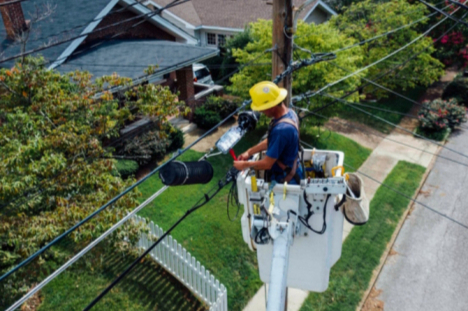Earthquakes happen everywhere, it's time for you to design earthquake-resistant buildings with these characteristics!
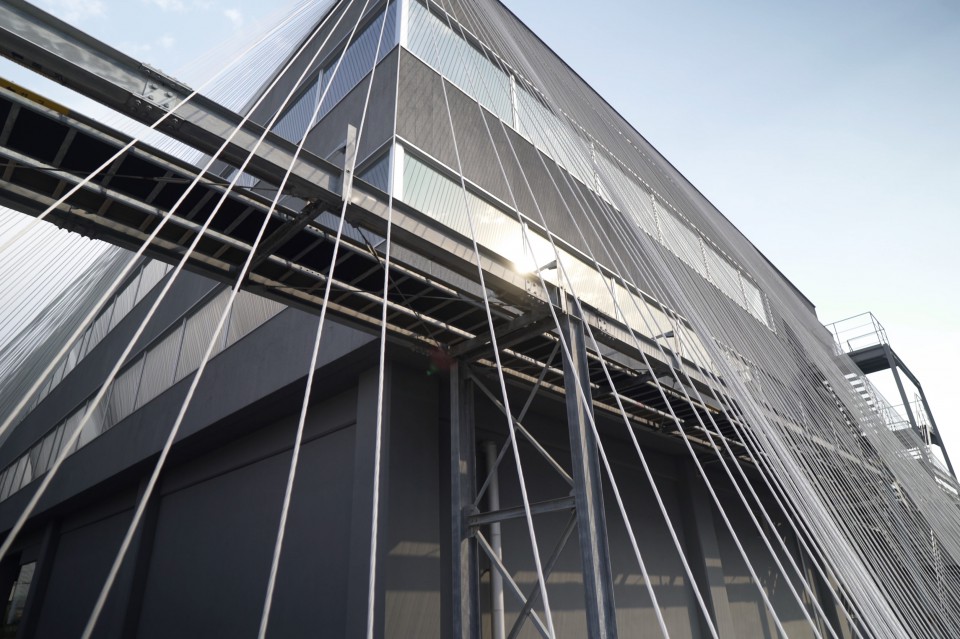
Natural disasters are things that can happen anytime and anywhere. Such as floods, tornadoes, or earthquakes occur without prior notice. Earthquakes themselves can sometimes cause subsequent aftershocks. The origin of the earthquake itself can come from a trough crack in the sea or from under the ground.
Earthquakes can easily destroy all buildings on the ground, from small to large buildings. They can happen in any country, from small islands to larger archipelagos. The scary thing about earthquakes is that buildings collapse and fall on people who are in or passing through them. Therefore, the thing that must be done is to design earthquake-resistant buildings that are not easy to collapse later. What are the characteristics of earthquake-resistant buildings?
Land to be Developed

The choice of land to build a house or tall building will also affect the building later. Hard, sandy, or clay soil will be good and suitable for construction, in contrast to soft soil such as muddy, do not use this area to build your house. Do a soil check before constructing a building on it.
Building Foundation
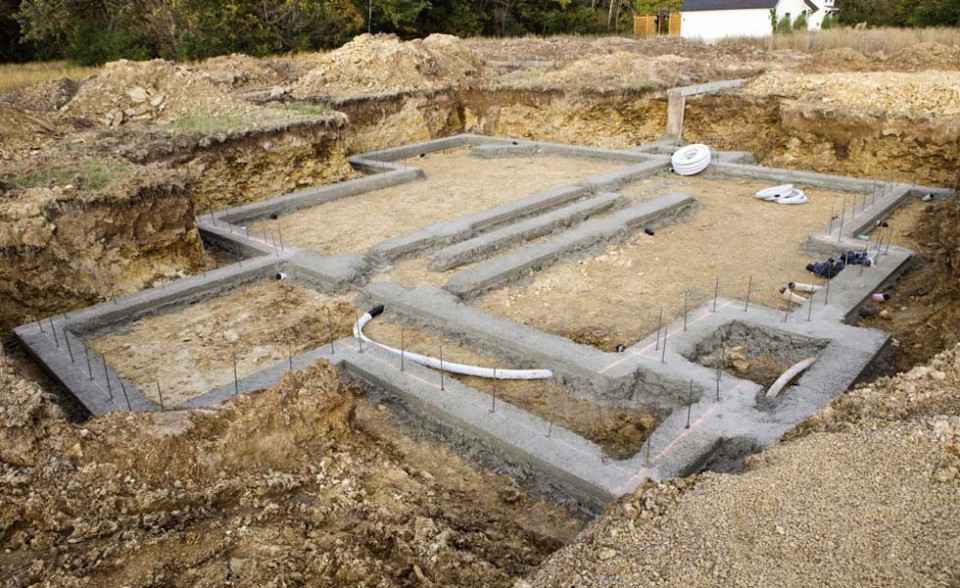
This difference in soil will also affect the construction of the foundation. The size of the foundation or its depth needs to be considered. The structure used as a support is in charge of holding the incoming load so that it is distributed to get out to the building land. The type of foundation used will also be affected by the level of the building or type of building, such as a house will have a different foundation from the foundation of a skyscraper. The foundation and building structure move as one unit so it needs to have stability when the building moves.
Rigidity and Strength of Building Structures
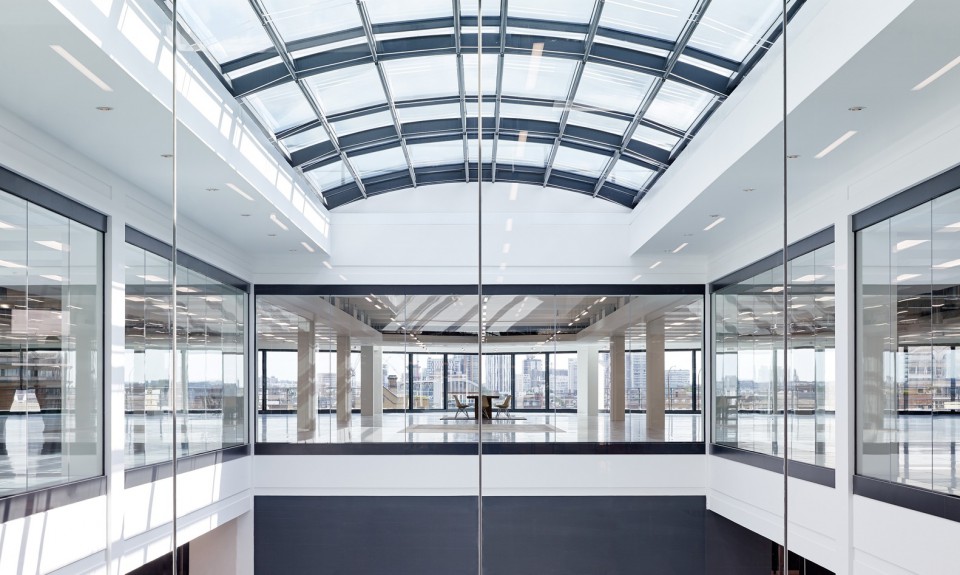
Not only should the foundation be considered, but the overall structure of the building should be of primary importance. The building should not be too rigid, the construction should always be flexible and can be rigid or flexible so that when an earthquake occurs, the building moves with it. Not only flexible, the construction must also be strong enough to withstand vertical loads from above. Earthquakes move not only horizontally but also vertically, hence the need for construction that can move with the movement of the ground and is strong enough to transmit the load from above to its foundation. Rigidity and strength can certainly be created by the construction of the building and the materials used.
Also read: 5 Earthquake-Resistant Buildings in Japan with Different Construction Structure Systems
Quality of Construction Materials Used
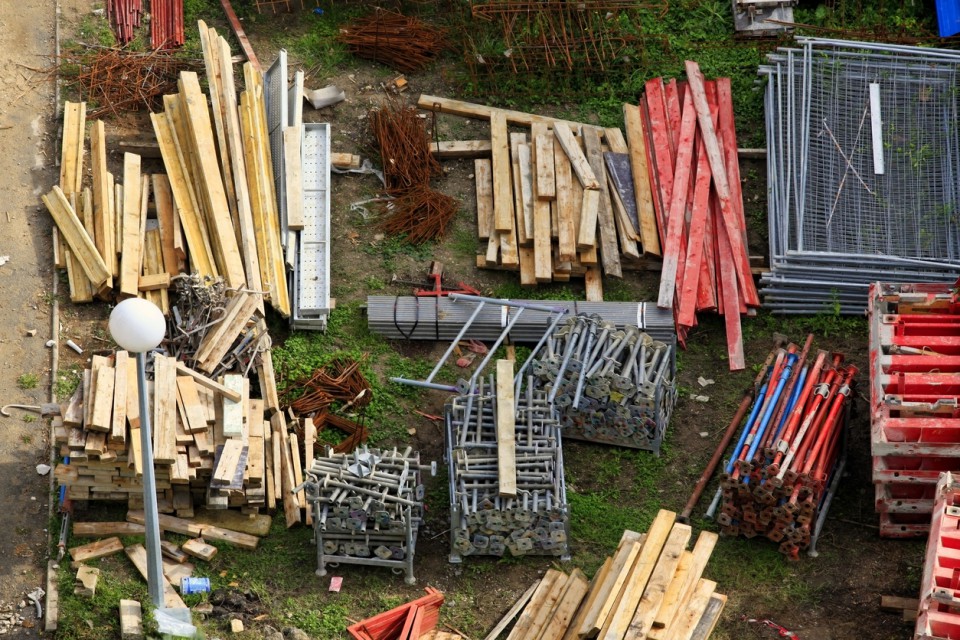
The strength of the building also comes from the selection of construction materials used. Use good and proven or certified materials. The mixture must also be appropriate so that it can absorb the earthquake energy itself. The use of reinforced steel as building column reinforcement is one of the important and ideal things because the steel bones have flexible properties. The quality of this material must also be balanced with the right calculations so that the building is more durable and earthquake resistant.
Geometric Construction
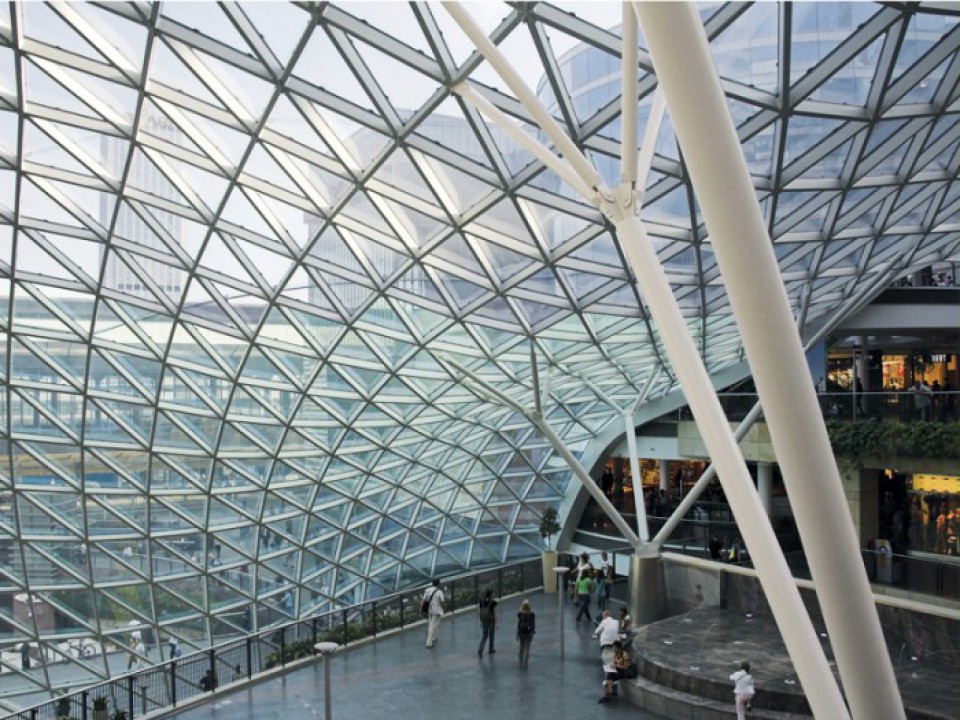
Symmetrical construction and also using geometric structures will make the building safer. This does not mean the building has to be just a box. Buildings can have curved roofs or various kinds according to creativity. However, it is the structure of the building that must be considered, for example using a dome roof but with a space frame structure where the shape is arranged with a triangular framework. The triangle shape itself is one of the building structures that can distribute loads in all directions evenly, therefore we often see buildings with triangular roofs on houses.
Evenly Divided Loads and Sustainable Structures
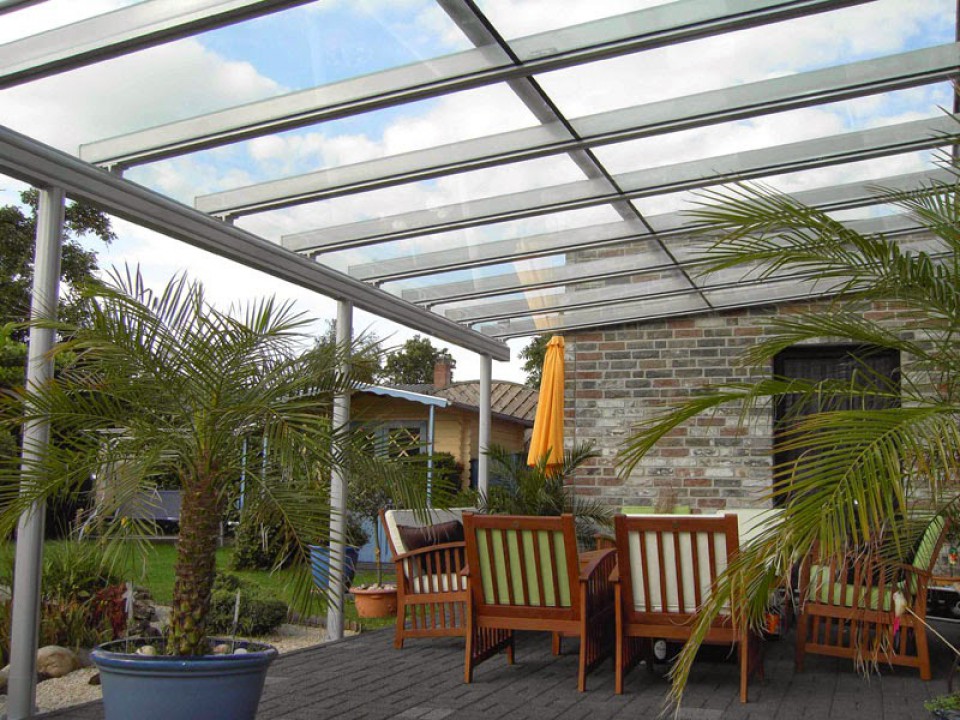
In addition to geometric construction, the building structure must also be sustainable. The load received from above must be channeled to the ground. Each floor must have a load bearing to the bottom of the building. For building structures such as cantilevers, load distribution is also needed, such as the use of columns or triangular steel, which of course depends on the dimensions and size of the building elements to be designed.
source: safetymanagement | homify




